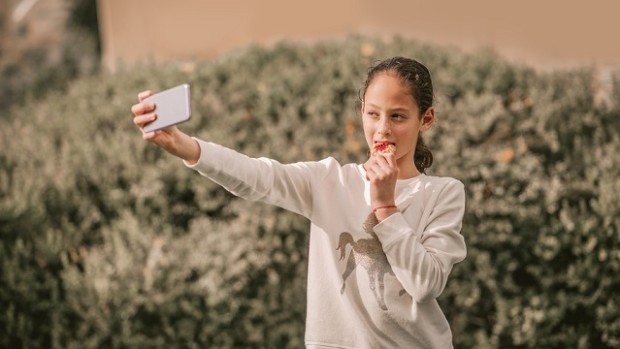Good design is everywhere – from websites and graffiti walls to architecture and sculptures – but did you know good design can also be found in shopping centres?
Shopping centres hold events, launch products, sponsor activities and are ideal locations for brand activations. And this is where good design comes in. Most activations include several elements of good design, such as visual and audio prompts, media walls, sensory experiences and art installations, to attract and engage the audience beyond their daily shop.
But when it comes down to it, a successful activation must deliver strong results, especially in the shopping centre industry, where foot traffic, dwell time and repeat visits are measured, evaluated and analysed. Creating picture-perfect activations and art installations are fantastic, but what purpose do they serve (other than encouraging snapshots) if they don’t meet KPIs?
Activations must serve a purpose for consumers and the community who frequent shopping centres, but they also must allow for retail integration. This means creating opportunities to increase engagement levels, as well as finding ways to encourage repeat visits and increase dwell time, and thus, spending opportunities.
Why shopping centres love activations
It is no secret that the retail world is evolving, with traditional bricks-and-mortar stores striving to compete in an already saturated market. E-commerce and other digital technologies are impacting shopping centre sales, and consumers are changing the way they browse, shop and purchase.
Shopping centre marketing managers are now looking for new and innovative ways to attract customers, and effective activation strategy can have a huge impact on their success. The success of an activation can also be measured, reported on and create learning opportunities for future planning and customer expectations. This is the reason why activations add so much value to shopping centre activities – they go hand-in-hand with increasing a centre’s productivity.
How to serve a bigger purpose
Shoppers are receptive to activations as they are generally eye-catching and offer a range of activities and opportunities to engage and interact.
Activations that serve a purpose have shoppers perform a specific action – creating, building, thinking or maybe perhaps even singing and dancing.
These activations entice shoppers to increase their time spent in the centre, adding dwell time to their shopping centre visits. They also give the shopper a sense of belonging, as they set the tone for further community integration.
Most importantly, successful activations increase spending opportunities.
How to tap into media opportunities
Shopping centres need to deliver and portray their brand message in a way that audiences can understand. What’s good for consumers and the community will most likely translate into what is good for the retailer.
Being able to deliver key messages to shoppers has a positive impact on shopping centre activities and can directly translate to reaching targets and KPIs.
A well-designed activation is responsible for spreading the word and creating social media hype. Successful activations are newsworthy. Their purpose is to start conversations, as well as increase and create engagement through other mediums and platforms.
After the activation – what’s next?
Activations must be result-driven, with data and reporting integral to life after activating. They must also align well with the shopping centre’s set of KPIs.
More and more marketing managers are choosing to hold activations within their centre. Stabilisation is the key to ensuring those great numbers continue post-activation and into the customers’ “new every day”.
By establishing a changing calendar of activations, customers will be encouraged to return to the centre for new and interactive experiences. They need to be introduced (or re-introduced) to the centre, and how they can make it a part of their weekly lives.
TJ Carroll is an event marketing specialist and the director of ENGAGE. She has been creating lasting engagement and memorable experiences through brand, property and shopping centre activations, corporate events and end-of-year functions.
TJ has designed campaigns for global and high-profile brands such as L’Oréal, Patties Foods, Darrell Lea, The City of Melbourne and The 2018 Gold Coast Commonwealth Games.
Source: How to make activations more than just a photo op – Inside Retail













